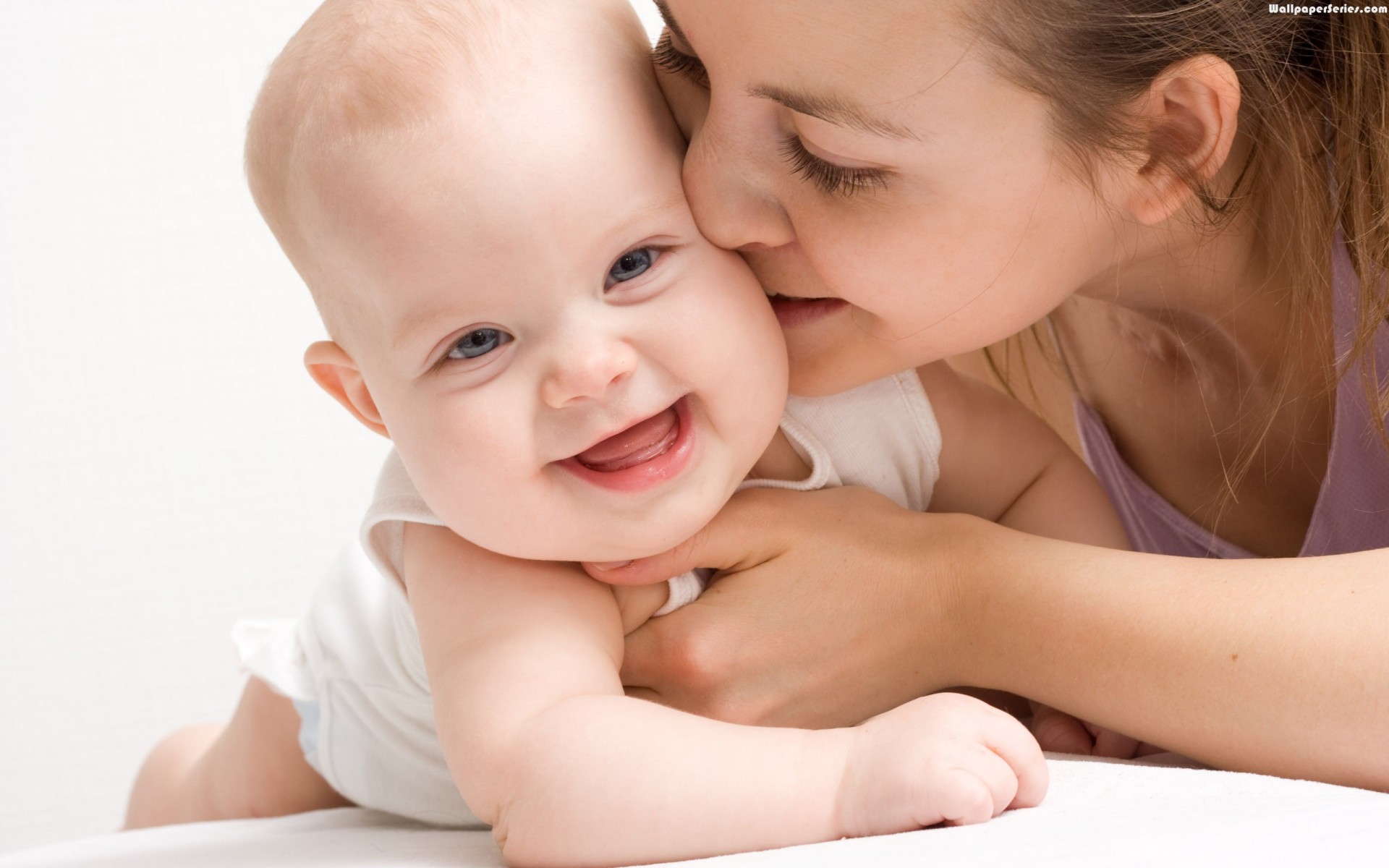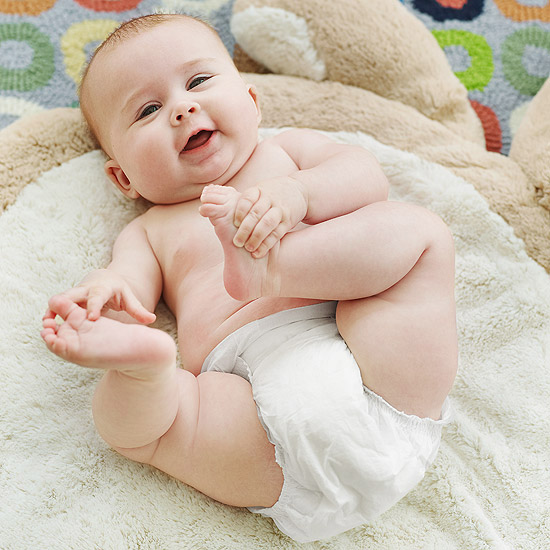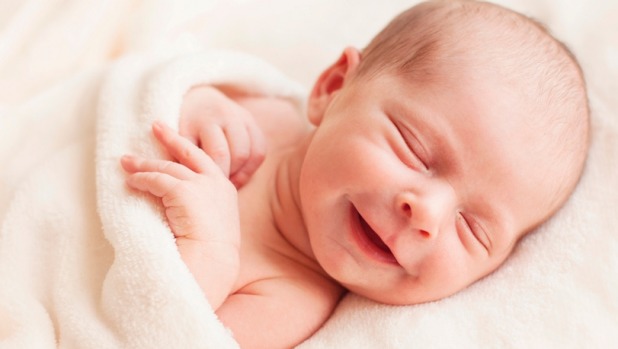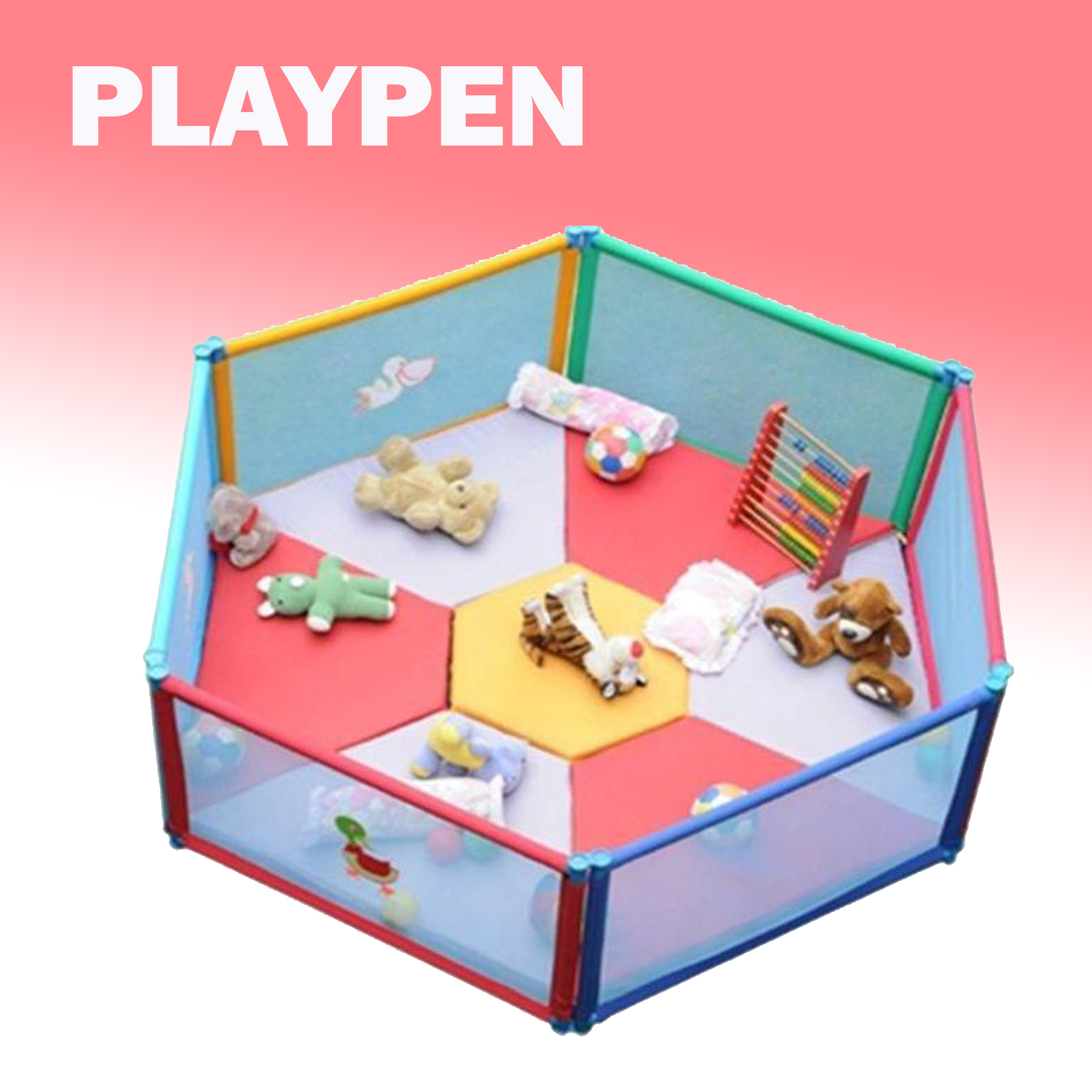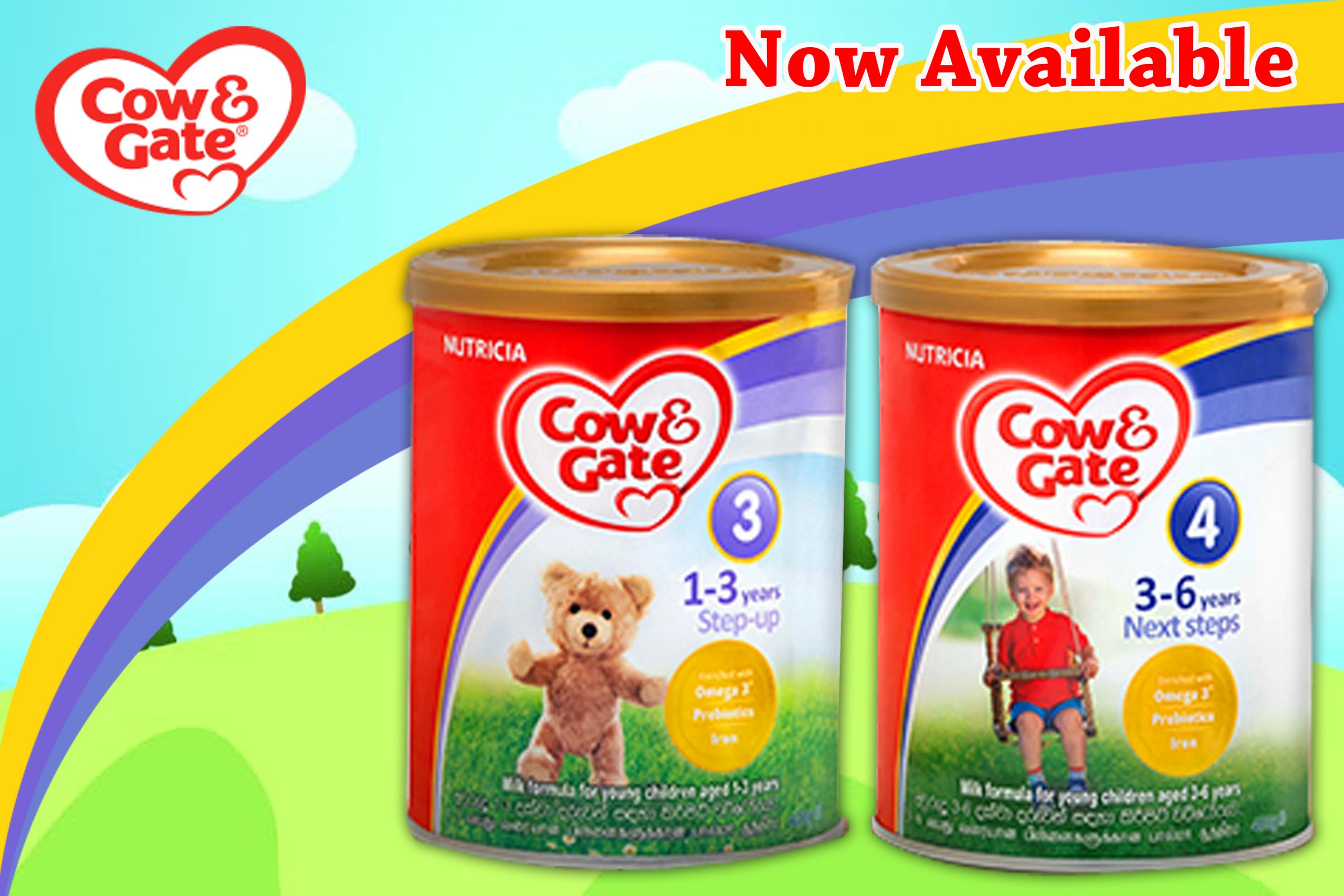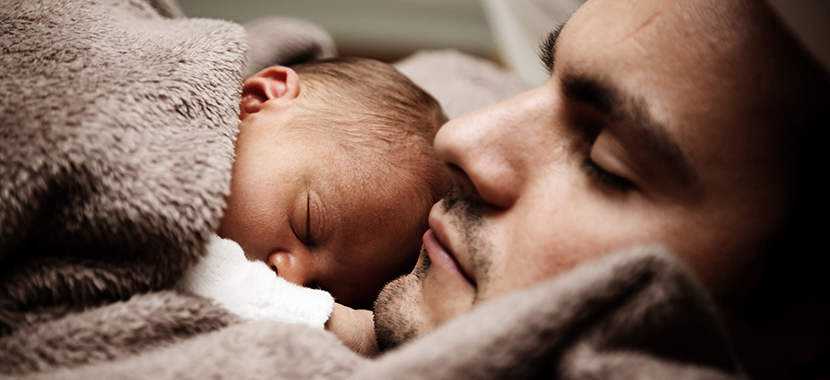පුංචි පැටියාගෙ ඩයිපරය ගැන අම්මාට තියෙන්නේ ලොකු වගකීමක් බව ඔබ සිතුවාද?
සුවපහසුව අාදරය මැද්දේ ඇති දැඩිවන දරුවෙකු හැමවිටම නිරොගි මානසිකත්වයෙන් වර්ධනය වන නිසාම එවැනි දරුවෙක්, මව් පිය වන ඔබට මෙන්ම රටටද සම්පතකි.
හැම අම්මෙක් තාත්තෙක්ම හැම කැපවීමක් දරන්නේ පුංචි පැටියාව සුවපහසුවෙන් තැබීමටයි.
එමනිසාම එදා සිට අද දක්වාම පුංචි පැටියා වෙනුවෙන්ම වෙන්වුණු විශ්වාසනීය වෙළද නාමයන් යටතේ එන උසස් තත්වයේ නිෂ්පාදනය සමග ඩයපර් හවූස් පුද්ගලික සමාගම – දැන් ඔබේ නිවහනටම…..
ඔබට කැමතිම ඩයිපර් වර්ගය ඉතා සහනදායි මිලකට ලබා ගැනීමට දැන්ම අමතන්න

